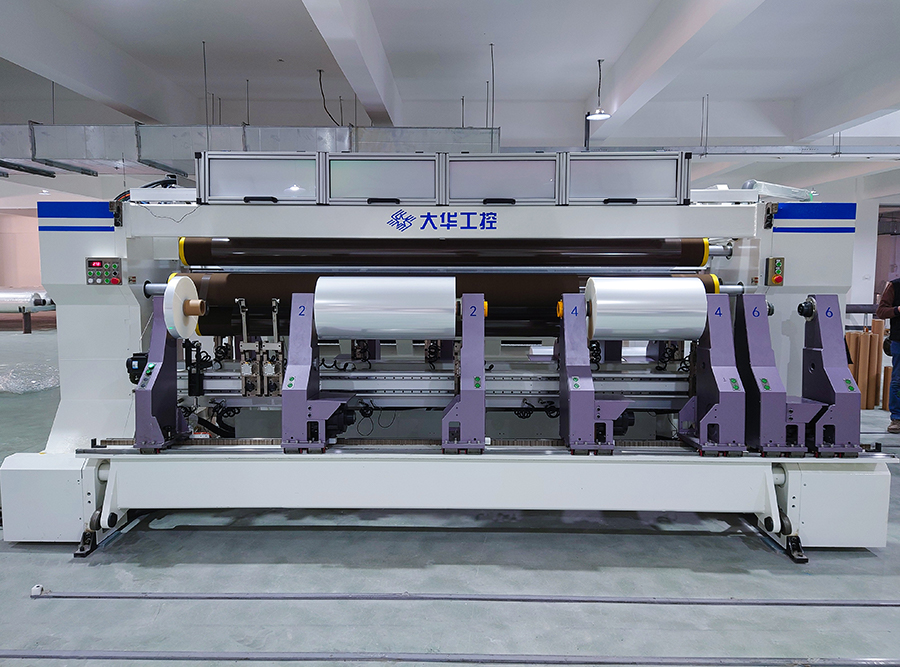Anti-static measures are essential in
secondary slitter machines when cutting film materials to prevent the buildup of static electricity, which can attract dust, contaminants, and even damage the delicate film. Here are some common anti-static measures that secondary slitter machines may incorporate:
1. Static Elimination Bars: These are often positioned at various points along the web path where the film travels. Static elimination bars emit ions that neutralize static charges on the film's surface as it passes through. This helps prevent the film from attracting dust and other particles.
2. Ionizing Blow-off Nozzles: Ionizing blow-off nozzles direct ionized air toward the film surface to neutralize static charges. These nozzles can be strategically placed near the film to remove static charges as it advances through the machine.
3. Static-Dissipative Rollers and Components: Some secondary slitter machines may incorporate static-dissipative or anti-static materials in their rollers and components that come into contact with the film. These materials help dissipate any static charges that may accumulate during processing.
4. Grounding Systems: Ensuring that the machine and its components are properly grounded is a fundamental anti-static measure. This helps channel any static charges away from the film and into a grounding system, preventing them from accumulating on the film's surface.
5. Web Cleaning Systems: Some secondary slitter machines may include web cleaning systems that use brushes, vacuum systems, or other methods to remove dust and contaminants from the film before it is slit. This not only reduces static buildup but also ensures a cleaner end product.
6. Humidity Control: Maintaining the appropriate humidity levels in the machine's environment can help reduce static electricity. Low humidity can exacerbate static issues, so some facilities may use humidity control systems to keep conditions within an optimal range.
7. Static-Metering Devices: Static meters or monitoring devices may be integrated into the machine to continuously measure the static charge on the film. This allows operators to make real-time adjustments to the anti-static measures as needed.
8. Anti-Static Film Coatings: In some cases, film materials may be coated with anti-static additives during the manufacturing process. This coating can help reduce static charges, making the film less prone to attracting dust and contaminants.
9. Operator Training: Proper operator training is crucial to ensure that individuals working with the secondary slitter machine are aware of the importance of anti-static measures and know how to troubleshoot and address static-related issues.
By implementing these anti-static measures, secondary slitter machines can effectively reduce the risk of static electricity buildup on film materials during the slitting process. This not only helps maintain the quality of the film but also contributes to a cleaner and more efficient manufacturing process.

